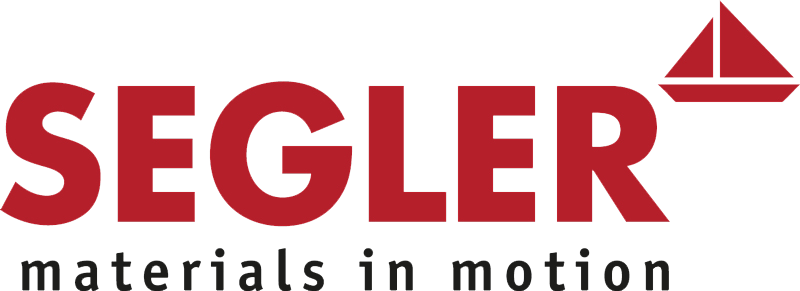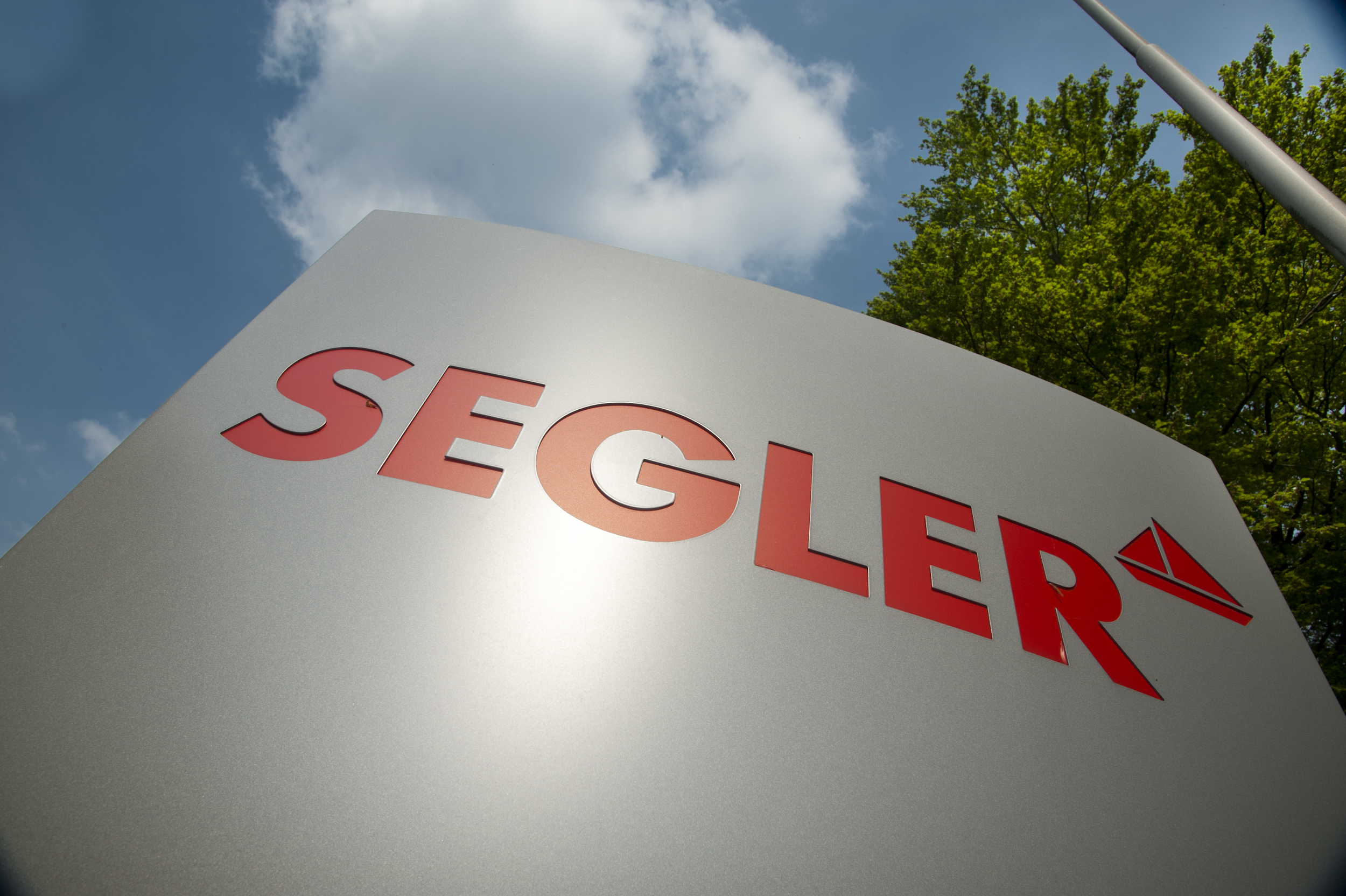Properties / variants
| Up to 600m³/h | ||
Materials | In stainless steel, regular steel, and special materials | |
| Trough shapes | Casing pipe, U-trough, V-trough, omega trough, double-U trough | |
| Mixing principles | In turbulent area/mechanically generated fluidized bed, in pile | |
| Mixing tools | Core shaft as full shaft or hollow steel in stainless steel plated version, (adjustable) mixing paddle, special geometries, (conical) mixing shaft, cutter heads, lateral scrapers, special blades (link: Auger shafts and blades) | |
| Configurations | Various welded hard facings, platings, jacket claddings / wear shells, additional cooling/heating jackets, thermo blades, CIP, feed hopper, (multi-stage) metering devices, spraying devices; electrically or pneumatically operated discharge flaps, inspection openings, where necessary multiple inlet/outlet ports, removable bearing end shields | |
| Variants | Heavy industrial versions, heavy duty, food safe, ATEX-compliant, WHG-compliant (water protection), dust-proof, explosion pressure resistant, pressurized operation, vacuum operation | |
| Seals | Product-specific seals | |
| Service life | Continuous operation | |
| As required | Upstream and downstream process steps through specially configured metering, cut-off, and discharge devices, version with heating or cooling jacket |
Advantages
- Reproducible product quality
- Optimal product flow with short mixing times
- As required: from gentle product homogenization to increased shear forces acting on product to the integration of additional process steps
- Short discharge times and practically residue-free discharge
- Good accessibility, allows for optimal cleaning
- Quick formulation changes
- Increased service life with maximum system availability
- Solid design for high user-friendliness and minimization of problems

